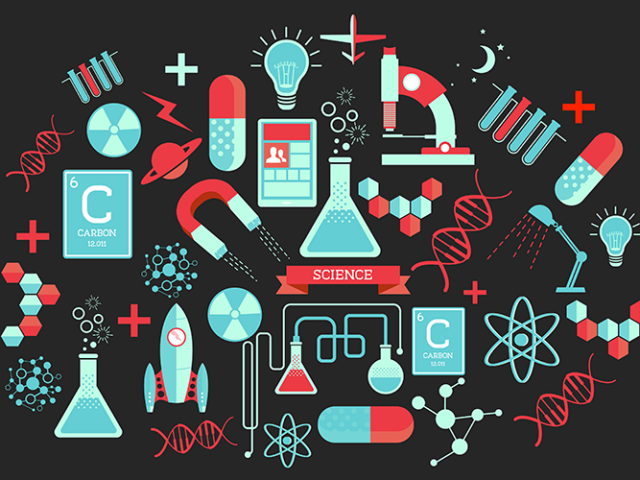In the umbrella concept “Research Fab Battery”, German scientists want to develop novel batteries that are capable of storing at least 70 percent more energy for electric vehicles and smartphones than conventional lithium-ion solutions while maintaining the same volume.
As part of the cluster of competence for battery materials “ExcellBattMat“ funded by the Federal Ministry of Education and Research (BMBF), Dresden’s “ExcellBattMat Center” (project KaSiLi: structural cathode adaptation for silicon and lithium materials) contributes key components for this new battery generation. On November 1, 2019, researchers from Fraunhofer, TU Dresden and Leibniz started working together on innovative battery electrodes consisting of ultra-thin silicon or lithium layers to achieve high energy densities.
Electric vehicles are to travel up to 700 kilometers with one battery charge, and smartphones to be charged much less frequently. Dresden-based “KaSiLi” under the auspices of the Fraunhofer Institute for Material and Beam Technology IWS, will carry out research into new electrode technologies for three years. “This is a quantum leap for battery technology,” hopes Prof. Christoph Leyens, Head of Fraunhofer IWS and director of the Institute of Materials Science at Technische Universität Dresden. “This disruptive technology has the potential to significantly advance Germany as a business location,” adds chemistry professor Stefan Kaskel from TU Dresden, who also heads the “ExcellBattMat Center” (Center of Excellence for Battery Materials, EBZ for short) at Fraunhofer IWS and the KaSiLi project sponsored by BMBF.
Expertise for an electromobile future
In the long value-added chain from the battery cell to the finished electric car, German economy could thus gain significantly in importance. “Ultimately, we want to establish a modern battery cell production facility in Germany. As a result, we would be less dependent than before on supplies from the Far East or the USA for the transition to electromobility and renewable energies,” Kaskel emphasized. To achieve this, the researchers are developing new materials, design principles and processing technologies for the electrodes in the smallest energy storage units of an accumulator. Important components in such a cell are the anode and cathode. The electrical charge carriers move back and forth between these two poles when a battery is charged or when it is supplying electricity for the electric motor in an electric car. Today, the anode in a lithium-ion battery usually consists of a copper conductor a few micrometers (thousandths of a millimeter) thin, covered with a graphite layer about 100 micrometers thick.
Source: “KaSiLi”: Better batteries for electric cars “Made in Germany”, Prof. Dr. Stefan Kaskel, Fraunhofer Institute for Material and Beam Technology IWS




